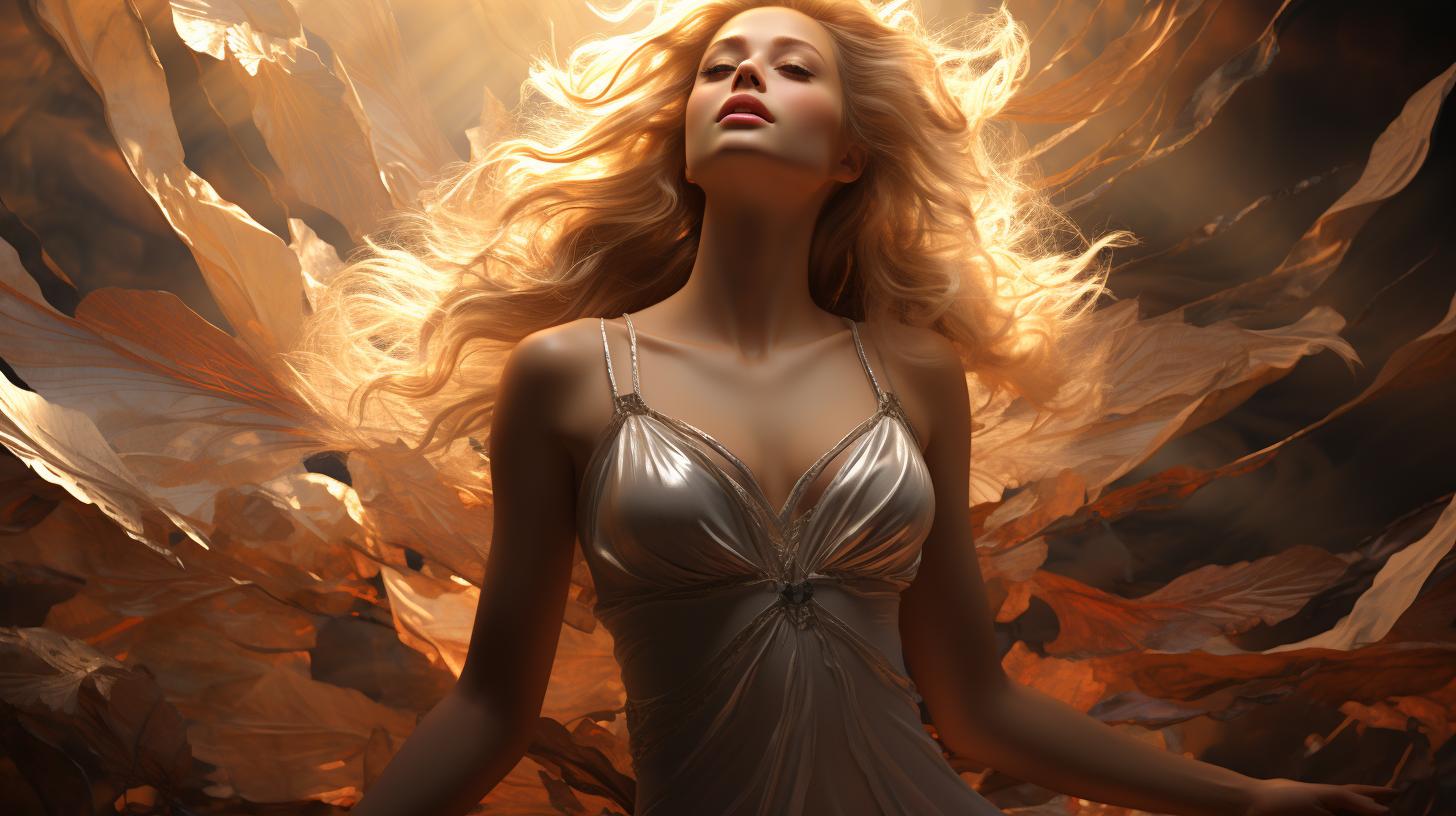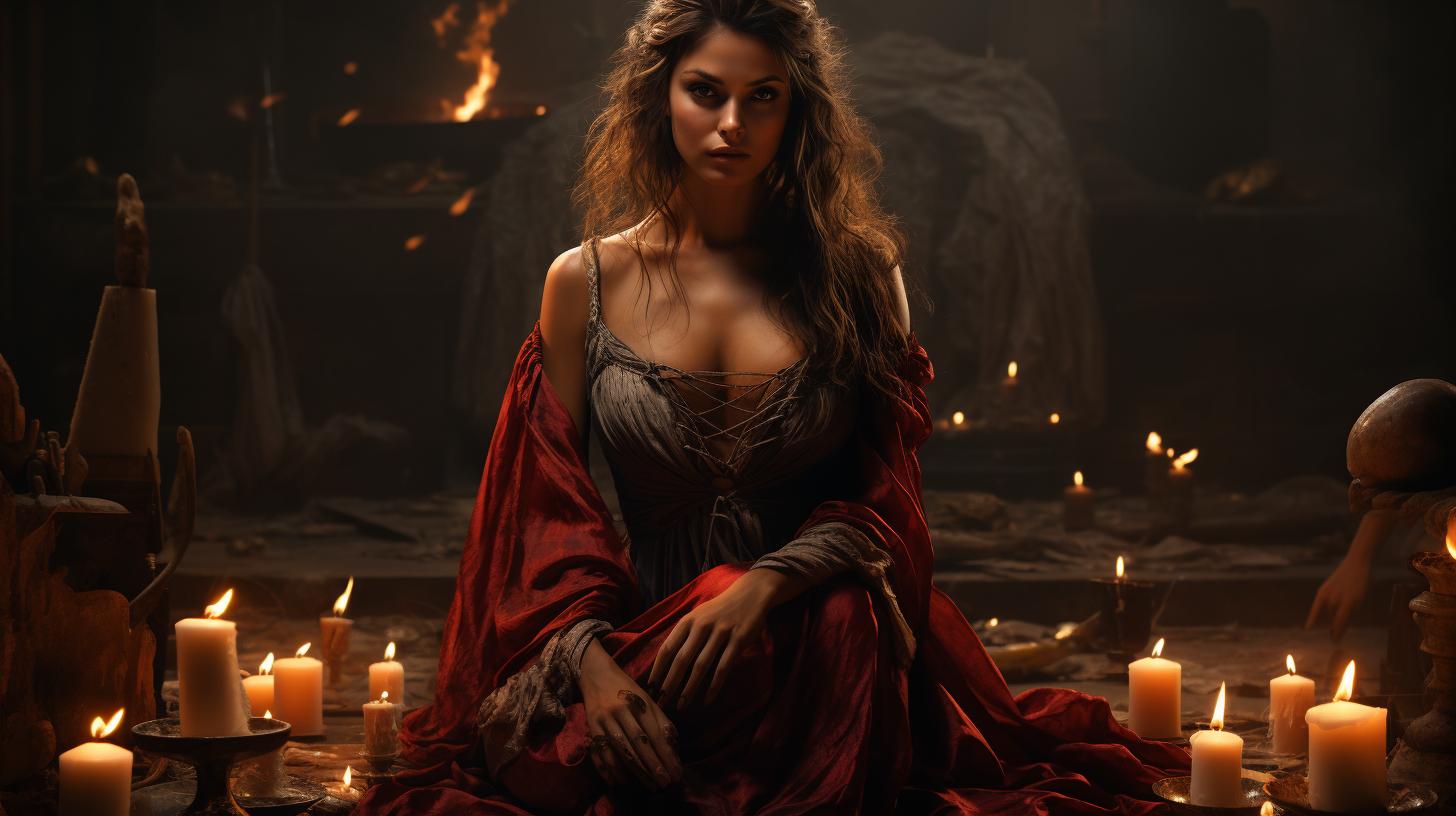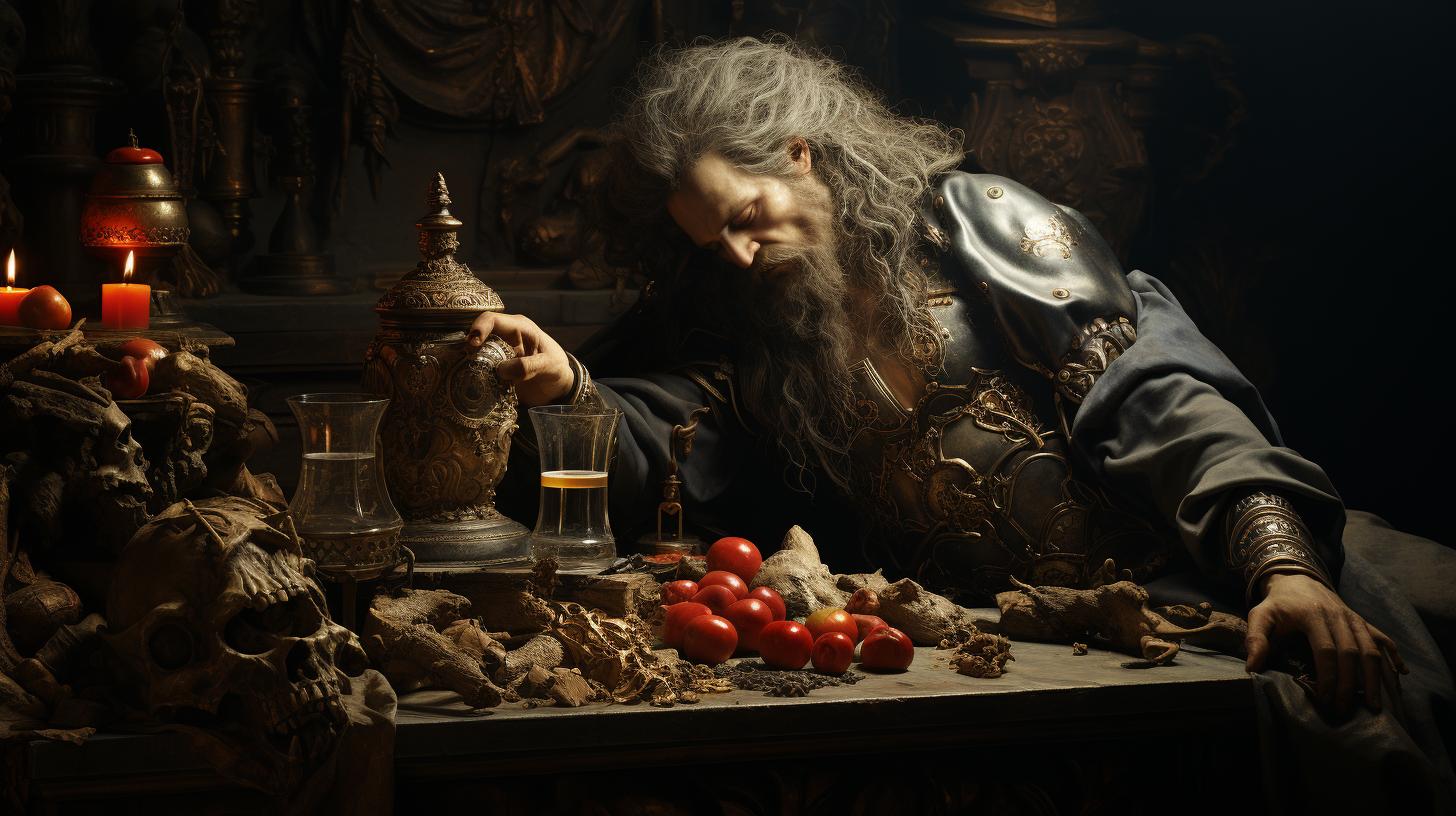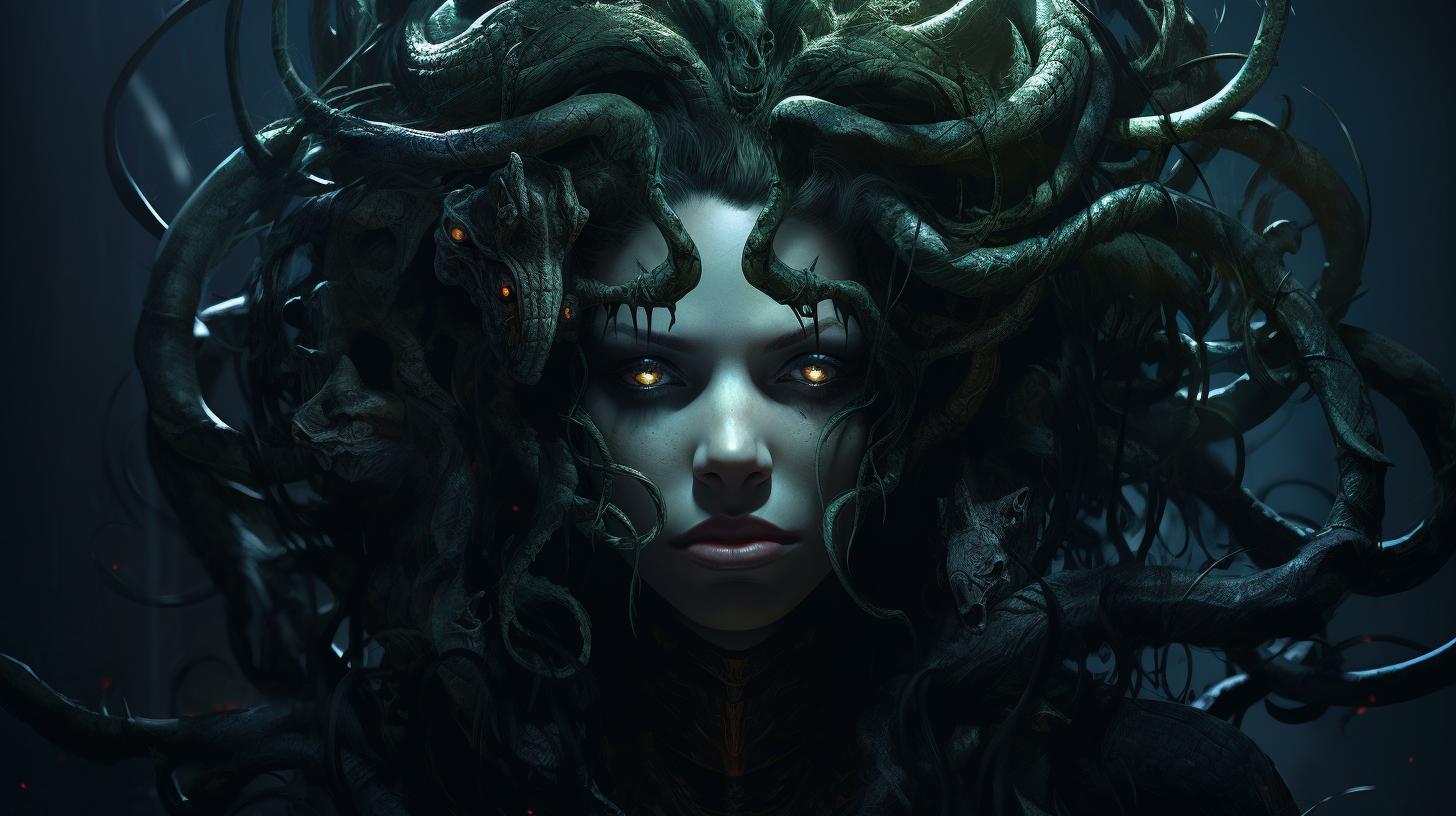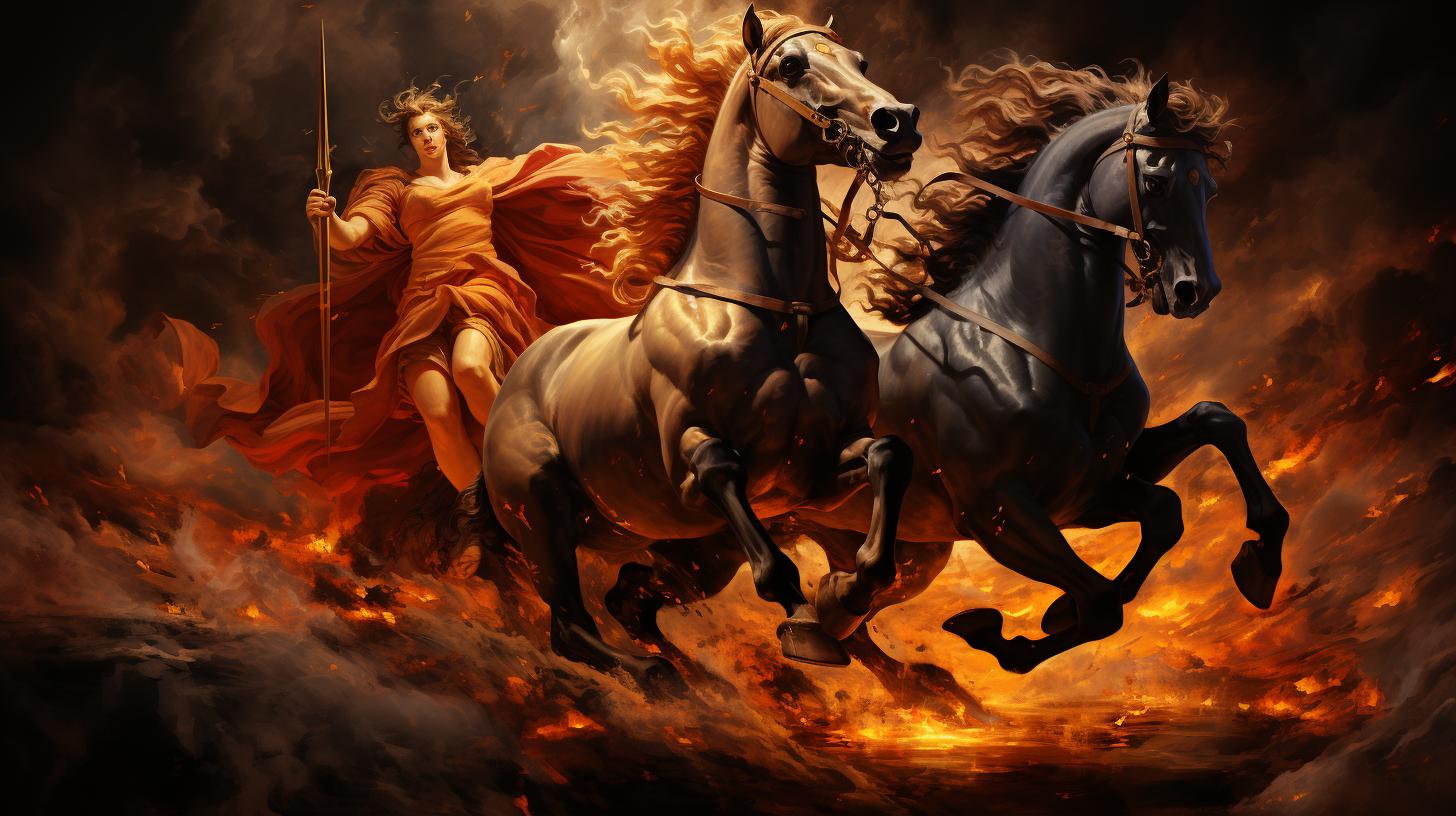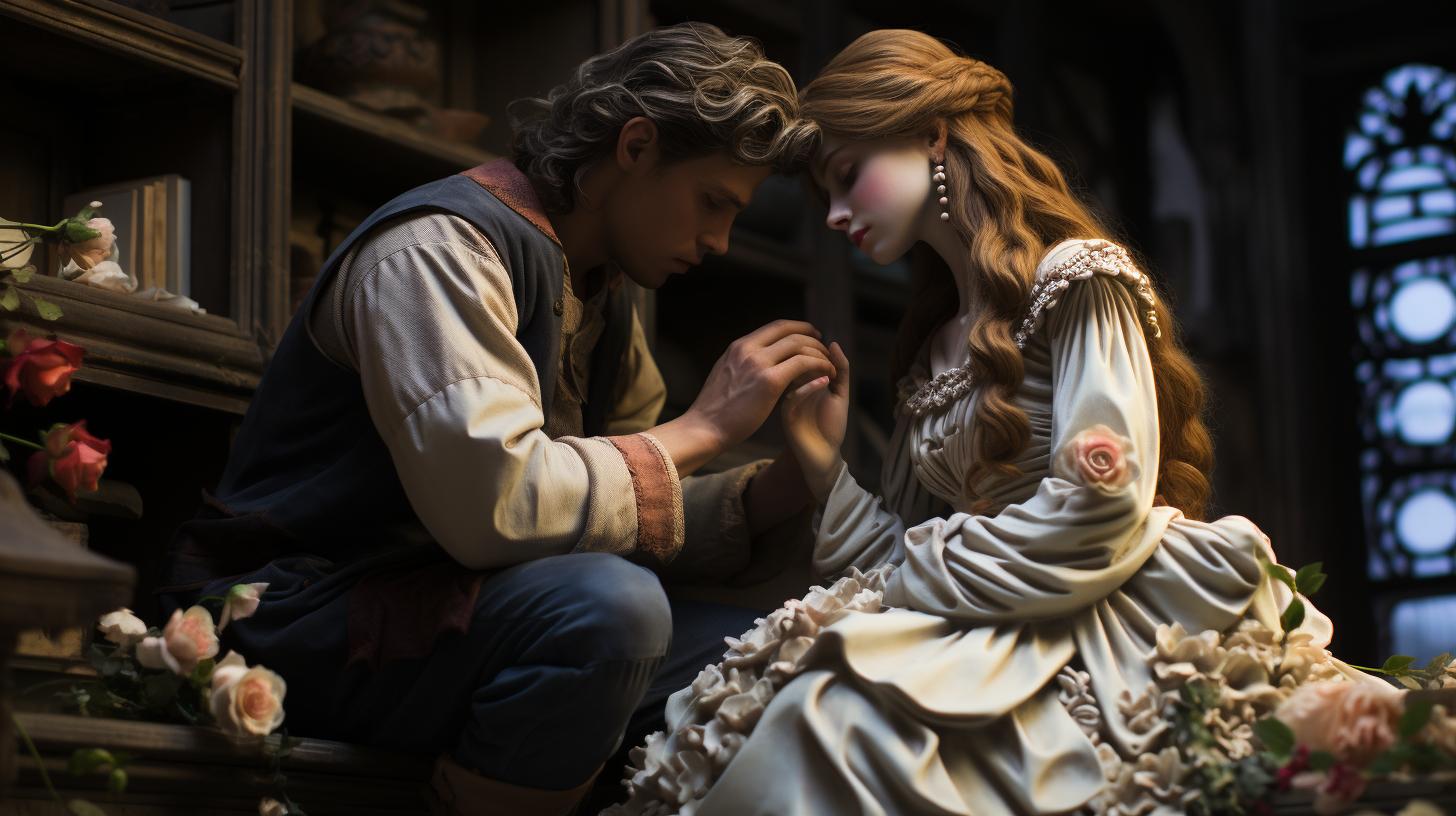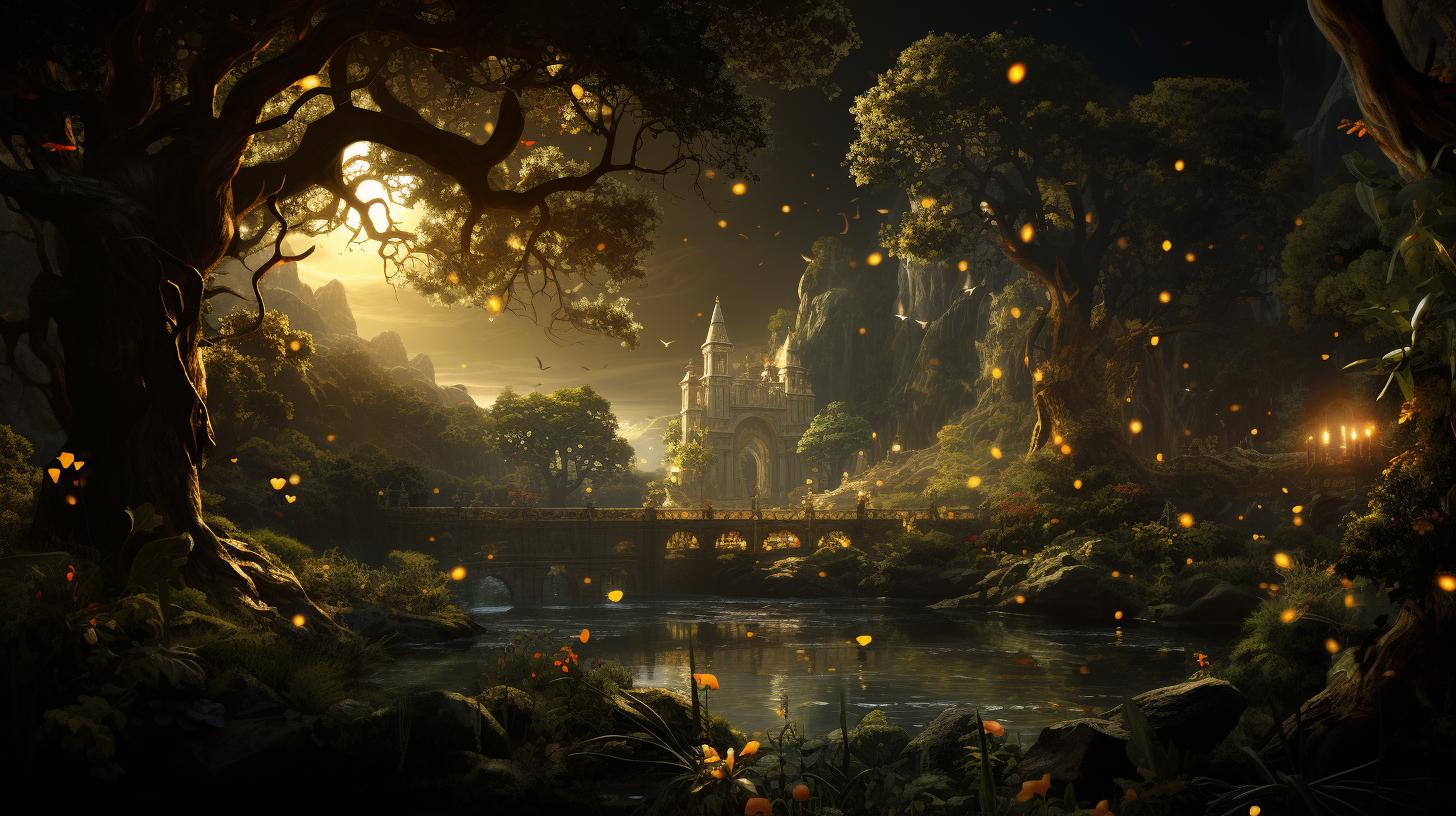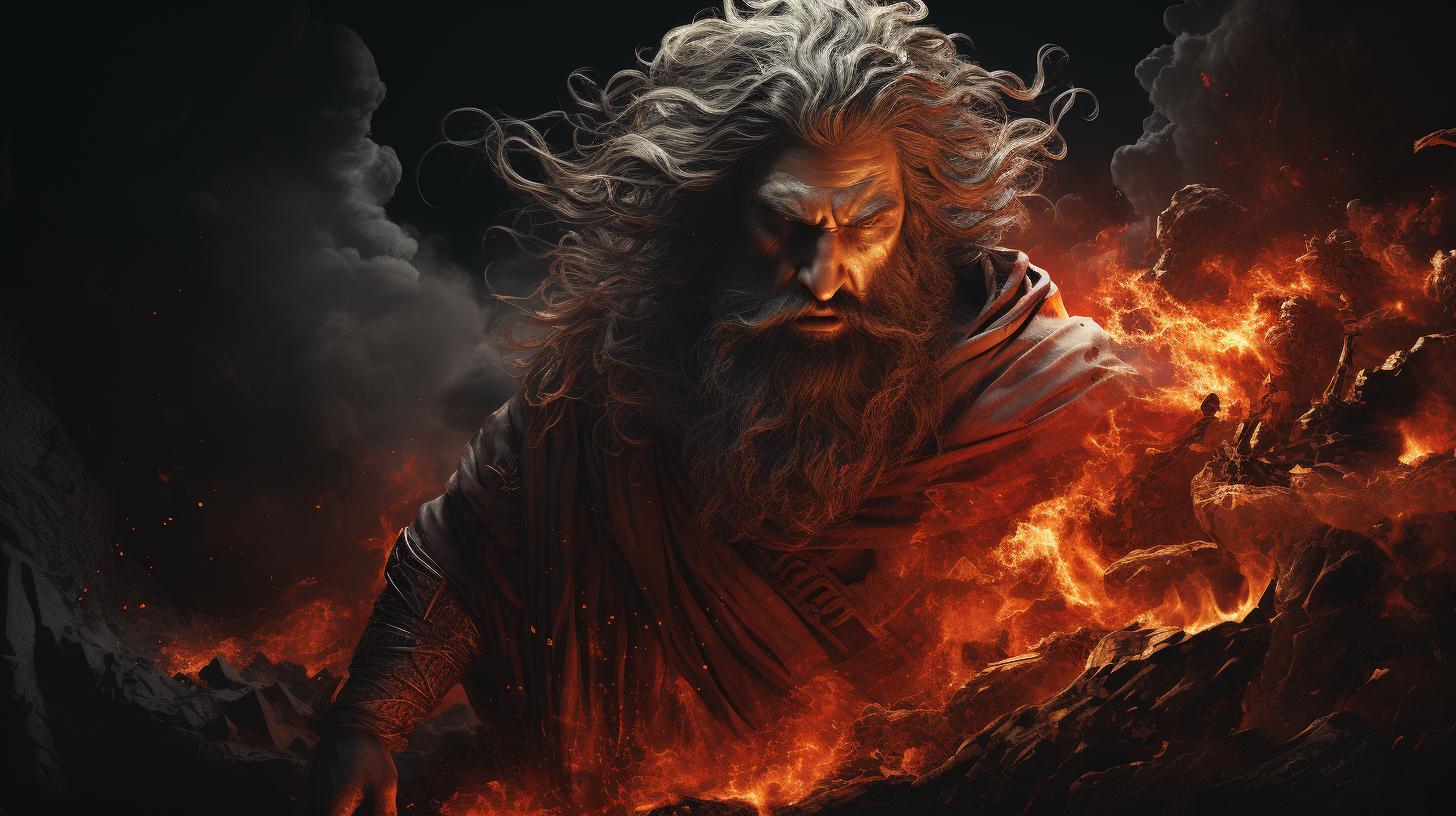What is Eos the goddess of: Exploring the Dawn Goddess in Greek Mythology
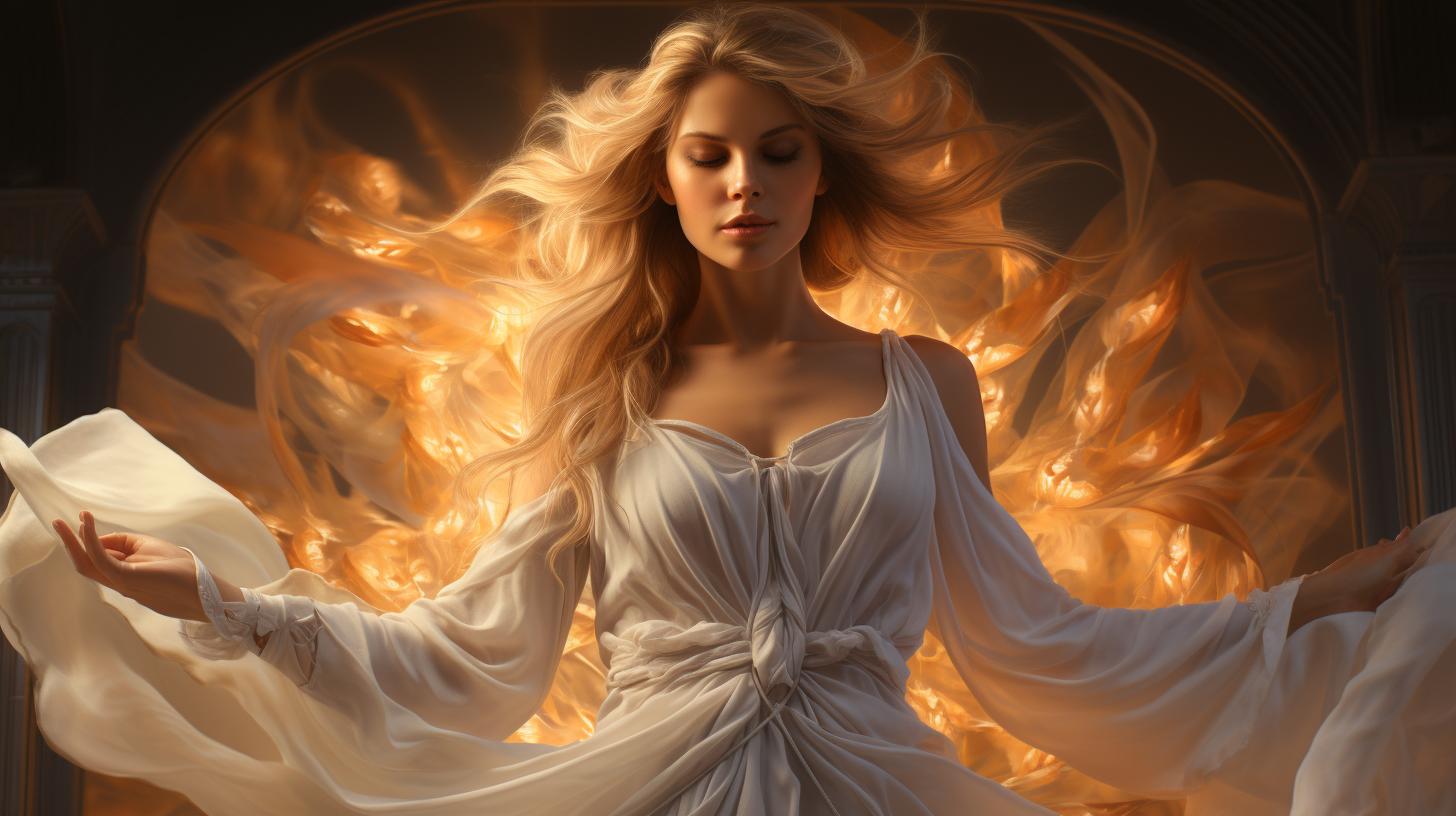
Eos, in Greek mythology, is the goddess of dawn. Known for announcing the arrival of morning, Eos holds a significant role in ancient Greek literature and art. She is often depicted as a charioteer riding across the sky, symbolizing the rising sun.
Eos had various relationships and offspring, and her stories, such as her tragic love affair with Cephalus, have become legendary. In Roman mythology, she is equivalent to the goddess Aurora. Eos’ influence can still be seen in modern interpretations, literature, art, and popular culture.
Origins of Eos in Greek Mythology
The Greek goddess Eos has deep roots in ancient mythology, captivating the imaginations of countless generations. Let’s delve into her mythological background, explore her role as the dawn goddess, and uncover her presence in ancient Greek literature.
The Mythological Background of Eos
Eos, also known as Aurora in Roman mythology, was born to the Titans Hyperion and Theia, making her a second-generation Titaness. As one of the divine siblings, she played a crucial role in shaping the cosmos.
Eos’s mythological background ties her to the broader narrative of the Titan gods. Her parents, Hyperion and Theia, personified the heavenly light and were associated with the rising sun. Eos inherited their luminous attributes, establishing her as the goddess of dawn.
Eos as the Dawn Goddess
In Greek mythology, Eos was hailed as the personification of dawn. She rose ahead of Helios, the sun god, driving her chariot across the sky to announce the arrival of a new day.
Her golden-colored horses, Lampus and Phaethon, symbolize the radiance and brilliance of the rising sun.
As the herald of dawn, Eos brought forth the light that dispelled the darkness, breathing life into the world each morning.
Her gentle touch transformed the night to day, awakening everything from slumber and stirring nature to activity.
Eos in Ancient Greek Literature
Eos’s prominence in ancient Greek literature is evident in various epic poems and myths. She often appears as a significant character, intertwined with tales of love, tragedy, and immortal encounters.
One notable mention of Eos in ancient Greek literature is Homer’s “The Odyssey,” where she is referenced as the mother of Memnon, a prince and warrior killed by Achilles during the Trojan War.
Her grief and eternal sadness over Memnon’s death highlight her maternal love and immortal nature.
Another legendary story involving Eos is her infatuation with the mortal Tithonus. She sought immortality for him but forgot to ask for eternal youth, leading to his eventual physical decay and transformation into a cicada.
This myth reflects the themes of mortality and the consequences of immortality.
Eos’s presence in ancient Greek literature serves as a testament to her enduring status as a legendary figure, captivating both ancient and modern audiences with her compelling stories.
Family of Eos: Relationships and Offspring
In Greek mythology, Eos had various relationships and offspring that contributed to her complex family tree. Let’s explore the different aspects of her family connections.
Eos and Her Consorts
Eos, as a captivating and radiant goddess, attracted the attention of many gods and mortals alike. Among her notable consorts were Astraeus, the Titan of dusk, and Tithonus, a handsome mortal prince.
These relationships symbolized the blending of divine and mortal realms and showcased Eos’ allure across different realms.
Children of Eos in Greek Mythology
Eos became the mother of several significant figures in Greek mythology. One of her most renowned children was Memnon, a hero and king of the Ethiopians who fought alongside the Trojans during the Trojan War.
Memnon’s valor and tragic fate added to Eos’ lineage of prominent offspring.
Eos’ Connections to Other Gods and Goddesses
Beyond her direct progeny, Eos had connections to other gods and goddesses through her various relationships. One notable interrelation was with the moon goddess Selene and the dawn goddess Hemera, forming a familial bond within the celestial realm.
Additionally, Eos’ influence extended to her brothers, Helios (the sun god) and Eos (the wind god). These connections further emphasized her significance within the divine pantheon.
Symbolism and Attributes of Eos
Eos, the Greek goddess of dawn, embodies powerful symbolism and possesses various attributes that have been depicted in different forms of art and literature.
Her significance lies in her role as the Bringer of Dawn, as well as the representations associated with her in artistic and cultural depictions.
Eos as the Bringer of Dawn
Eos is primarily known as the goddess who heralds the arrival of morning, bringing light and warmth to the world. She is often depicted as a charioteer, riding across the sky in her radiant chariot, pulling the sun along with her.
This representation symbolizes the beginning of a new day and the renewal of life. The imagery of Eos as the Bringer of Dawn signifies hope, renewal, and the cycle of nature.
Representations of Eos in Art and Literature
Eos has been a popular subject in ancient Greek and Roman art, with numerous sculptures, paintings, and mosaics portraying her in various forms. Artists often depict her as a youthful and beautiful goddess, adorned with flowing robes and a radiant crown.
These artistic representations capture the grace, elegance, and divine nature associated with Eos.
In literature, Eos is often described as having rosy fingers or golden wings, symbolizing the colors of the sunrise and the ethereal nature of her presence.
Poets and writers have employed vivid imagery to depict her awakening the world from darkness, evoking a sense of awe and wonder.
The Chariot of Eos: Symbolizing the Rising Sun
The chariot of Eos, pulled by swift horses, symbolizes the ascent of the sun and the beginning of a new day. This motif represents the dynamic energy and power associated with the rising sun, metaphorically representing the triumph of light over darkness.
The chariot itself serves as a visual representation of Eos’ divine role and her ability to bring forth a new cycle of light and vitality each day.
- As the Bringer of Dawn, Eos symbolizes hope, renewal, and the cycle of nature.
- Eos is depicted in art as a youthful and radiant goddess, often adorned with flowing robes and a crown.
- Literature portrays Eos with rosy fingers or golden wings, representing the colors of the sunrise.
- The chariot of Eos, pulled by horses, symbolizes the ascent of the sun and the triumph of light over darkness.
These symbolic representations and attributes of Eos have endured through the centuries, contributing to her continued presence in various art forms, literature, and cultural interpretations.
They serve as a testament to the enduring power and significance of the Greek goddess of dawn.
Stories and Legends Involving Eos
Exploring the fascinating stories and legends associated with the Greek goddess Eos sheds light on her prominent role in ancient mythology and her interactions with mortal beings. These tales depict her as a passionate and tragic figure, entangled in love affairs that often end in heartbreak and despair.
Eos and Tithonus: Eternal Love and Immortality
One of the most captivating stories involving Eos is her eternal love affair with the mortal prince, Tithonus. As the goddess of dawn, Eos fell deeply in love with Tithonus and desired to grant him immortality.
However, she forgot to also request eternal youth for him, leading to his inevitable aging and suffering. Unable to reverse her mistake, Eos watched helplessly as her beloved transformed into a withered, decrepit old man, living an eternal existence filled with pain.
Eos and Cephalus: Tragic Love and Loss
Another poignant tale linked to Eos revolves around her ill-fated relationship with Cephalus. Eos, captivated by Cephalus’ beauty, abducted him and brought him to her divine realm. However, Cephalus longed for his mortal wife, Prócris.
When Eos discovered Cephalus’ melancholy, she arranged for him to reunite with Prócris but was heartbroken by their reunion. In a tragic twist of fate, Cephalus mistakenly killed Prócris, mistaking her for a wild animal.
Devastated by the loss of her mortal lover, Eos mourned their love as a recurrent theme in the dawn and twilight.
Eos and the Mortal Lovers in Greek Mythology
Eos’ romantic entanglements extended beyond Tithonus and Cephalus, as she was known for her passionate affairs with other mortals. While these tales often brought fleeting joy, they inevitably ended in tragedy and separation.
The stories of Eos and her mortal lovers are a testament to the powerful emotions and frailty of human existence, forever woven into the celestial tapestry of dawn and dusk.
Eos in Roman Mythology: Equivalent Goddesses
In Roman mythology, Eos, the Greek goddess of dawn, is associated with an equivalent goddess named Aurora. Aurora, like Eos, represents the dawn and the rising of the sun in Roman culture.
She is often depicted as a radiant and beautiful goddess, clothed in saffron-colored robes and accompanied by winged youths who scatter rose petals in her path.
Aurora: Eos’ Roman Counterpart
Aurora, the Roman counterpart of Eos, shares similar characteristics and attributes.
She is considered the personification of dawn and is associated with the rejuvenating power of the morning sun. Aurora’s name translates to “dawn” in Latin, emphasizing her connection to the beginning of each new day.
Just like Eos, Aurora is often depicted as a charioteer, riding across the sky in a golden chariot, heralding the arrival of the sun. She symbolizes the hope and optimism that come with the breaking of dawn, bringing forth a new day filled with possibilities.
Eos’ Role and Representation in Roman Culture
Eos’ influence extended beyond her association with Aurora. In Roman culture, she held a significant role in various aspects of life. Eos was perceived as a symbol of new beginnings, representing the transition from darkness to light.
Her presence in Roman mythology emphasized the cyclical nature of time, highlighting the eternal renewal of the natural world.
Eos’ role as the goddess of dawn also tied her to the concept of fertility and abundance.
The breaking of dawn was seen as a favorable time for agriculture and fertility rituals, with Eos being invoked to bless the land and ensure prosperous harvests.
Eos’ representation in Roman art and literature often showcased her radiant beauty and graceful presence.
She was depicted in sculptures and paintings adorned with flowers, reflecting her association with the blooming of nature at the break of day. Eos’ symbolism and significance in Roman culture have left a lasting impact, with her portrayal and influence being evident in various artistic and literary works throughout history.
In conclusion, Eos’ presence in Roman mythology was embodied by Aurora, her Roman counterpart. Aurora, like Eos, represented the dawn and the rising sun, symbolizing new beginnings and optimism.
Eos’ role extended beyond her association with Aurora, as she held significance in fertility rituals and was revered as a symbol of eternal renewal. Her representation in Roman art and literature emphasized her grace and radiant beauty.
The influence of Eos and Aurora can still be seen in various cultural expressions today, demonstrating the enduring power of these dawn goddesses.
Eos in Modern Interpretations and References
Eos in Greek and Roman Studies
Eos, the Greek goddess of dawn, continues to captivate scholars and researchers in the field of Greek and Roman studies. Her significance in ancient mythology and her connections to other deities have been subjects of extensive analysis.
Through a deep exploration of Eos’ stories and symbolism, experts shed light on her role in ancient society and the wider mythological narrative. The influence of Eos’ character on Greek and Roman literature, art, and culture is a fascinating area of study that continues to inspire ongoing research.
Eos’ Influence on Literature, Art, and Popular Culture
Eos’ compelling presence has left an indelible mark on various forms of artistic expression throughout history. Writers, poets, and playwrights have drawn inspiration from her mystique, leading to the inclusion of Eos in numerous literary works.
Artists and sculptors have masterfully depicted her in paintings, sculptures, and reliefs, often showcasing her renowned chariot and radiant presence. Eos’ portrayal in popular culture, including films, television shows, and modern literature, highlights her enduring appeal and the timeless fascination with her character.
Eos in Contemporary Mythology Interpretations
In contemporary times, Eos’ mythology continues to serve as a wellspring of inspiration and interpretation. Contemporary mythologists interpret and re-imagine Eos’ story, infusing it with new perspectives and exploring her relevance in a modern context.
Whether exploring themes of love, loss, rebirth, or the cyclical nature of time, these interpretations offer a fresh lens through which to analyze and appreciate the timeless tale of the goddess of dawn.
Eos’ enduring presence in contemporary mythology demonstrates the enduring power of ancient stories to resonate with and inspire present-day audiences.
.

